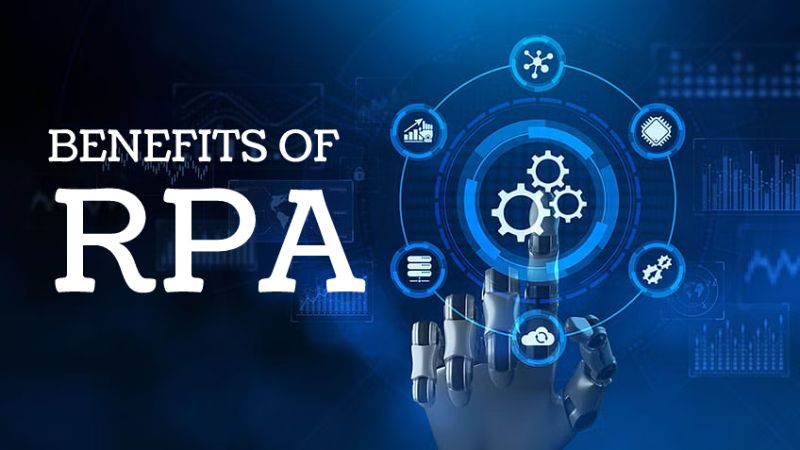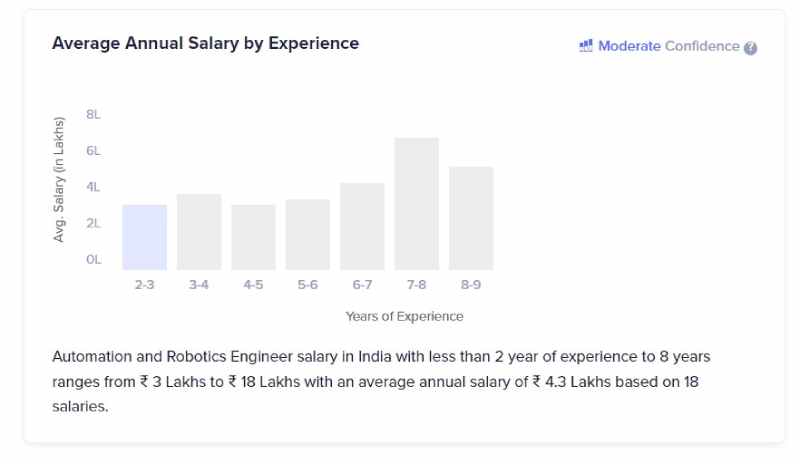What is RPA And Benefits of Robotic Process Automation

What is RPA And Benefits of Robotic Process Automation
Benefits of Robotic Process Automation : a software program technology that facilitates the deployment, creation, and management of software robots that mimic human behavior interacting with digital systems and software. Like humans, software robots can, for example, understand what is displayed on the screen, execute the correct keystrokes, navigate systems, identify and extract data, and perform various predefined actions. Yes. But a software bot can do this faster and more consistently than a human without needing to get up, stretch, or take a break for coffee.
Table of Contents
Where can RPA be used?
Today, RPA drives new efficiencies and frees people from repetitive boredom across various industries and processes. Companies in financial services, healthcare, manufacturing, the public sector, retail, and beyond have implemented RPA in areas as diverse as finance, compliance, legal, customer service, operations, and IT. And that is just the beginning.
RPA has become so popular because it is widely used. Virtually any high-volume, repeatable, business rules-based process is a great candidate for automation and increasingly cognitive processes that require higher-level AI skills.
What are the business benefits of RPA?
Robotic process automation streamlines workflows, making businesses more profitable, flexible, and responsive. It also increases employee satisfaction, engagement, and productivity by removing mundane tasks from their workdays.
RPA is non-invasive and implemented quickly to accelerate digital transformation. And it’s ideal for automating workflows that span legacy systems that lack APIs, virtual desktop infrastructures (VDI), or database access.
Why is RPA transformative?
RPA technology is changing the way the world works.
Instead of humans, software robots perform repetitive and less valuable tasks, e.g., logging into applications and systems, moving files and folders, extracting, copying, and pasting data, filling out forms, and performing routine analysis and reporting. Advanced bots can even run cognitive processes, e.g., B. Interpret text, participate in chats and conversations, understand unstructured data, and apply advanced machine learning models to make complex decisions.
When bots perform these repetitive and large-scale tasks, humans can focus on what they do best and enjoy most: innovating, collaborating, creating, and interacting with customers. Businesses get a boost, too: increased productivity, efficiency, and resilience. No wonder RPA is rewriting labor history.
That is work history. It started a long time ago on a Monday. As people got better at work, they built tools to work smarter and computers to work smarter, but they still couldn’t work enough! The more they worked, the more work they created, not the good ones. One day a very smart person figured out how to put the fun back into work. Here is his story.
What features and capabilities are important in RPA technology?
To build and manage an enterprise-wide RPA program, you need technology far beyond automating a single process. You need a platform to help you create and manage a new enterprise-wide function and help you become a Fully Automated Enterprise™. Your RPA technology should help you end-to-end, from uncovering great automation opportunities everywhere, building powerful bots quickly and managing thousands of automated workflows.
Why is RPA the fastest-growing enterprise software in the world?
When you combine the quantifiable value of RPA with its ease of implementation compared to other enterprise technologies, it’s easy to see why RPA adoption has accelerated worldwide.
RPA can help many industries solve their business problems in new and impactful ways.
Leaders in functional areas, from finance to customer service and from marketing to human resources and beyond, find that RPA improves many processes and results in increased capacity, faster throughput, and fewer errors in the key processes.
From a CFO’s perspective, an investment in RPA technology provides a quick return on investment and requires minimal upfront investment compared to other enterprise technologies.
IT managers find that RPA implements with little disruption. And since software bots can easily access and operate in legacy systems, RPA has become a key enabler of digital transformation. And modern RPA technology offers scalable, enterprise-ready platforms.
Employees find it easy to integrate robotic assistants into their workday. RPA’s low-code approach turns them into citizen developers who can create their simple automation.

Is RPA the same as Artificial Intelligence (AI)?
RPA is not AI; AI is not RPA. But combining RPA and AI opens up tremendous new opportunities for companies worldwide. On the one hand, RPA technology now makes it possible to build advanced AI capabilities into RPA bots in machine learning models, natural language processing (NLP), character and image recognition, etc. Giving robots these AI capabilities expands their ability to handle cognitive processes that require things like:
Understand documents with semi-structured or unstructured data
Display screens (including virtual desktops)
Understand the language and conduct conversations and discussions
AI also makes it possible to scientifically discover various automation opportunities and build a robust pipeline through RPA applications such as process mining.
And at a time when organizations need to accelerate their integration of AI into frontline business and decision-making, many are finding that RPA can serve as a “last mile” AI delivery system. Bots configure to apply machine learning models to automated decision-making and analysis, bringing artificial intelligence to the heart of day-to-day operations.
Also read:How To Create An Online Marketplace




